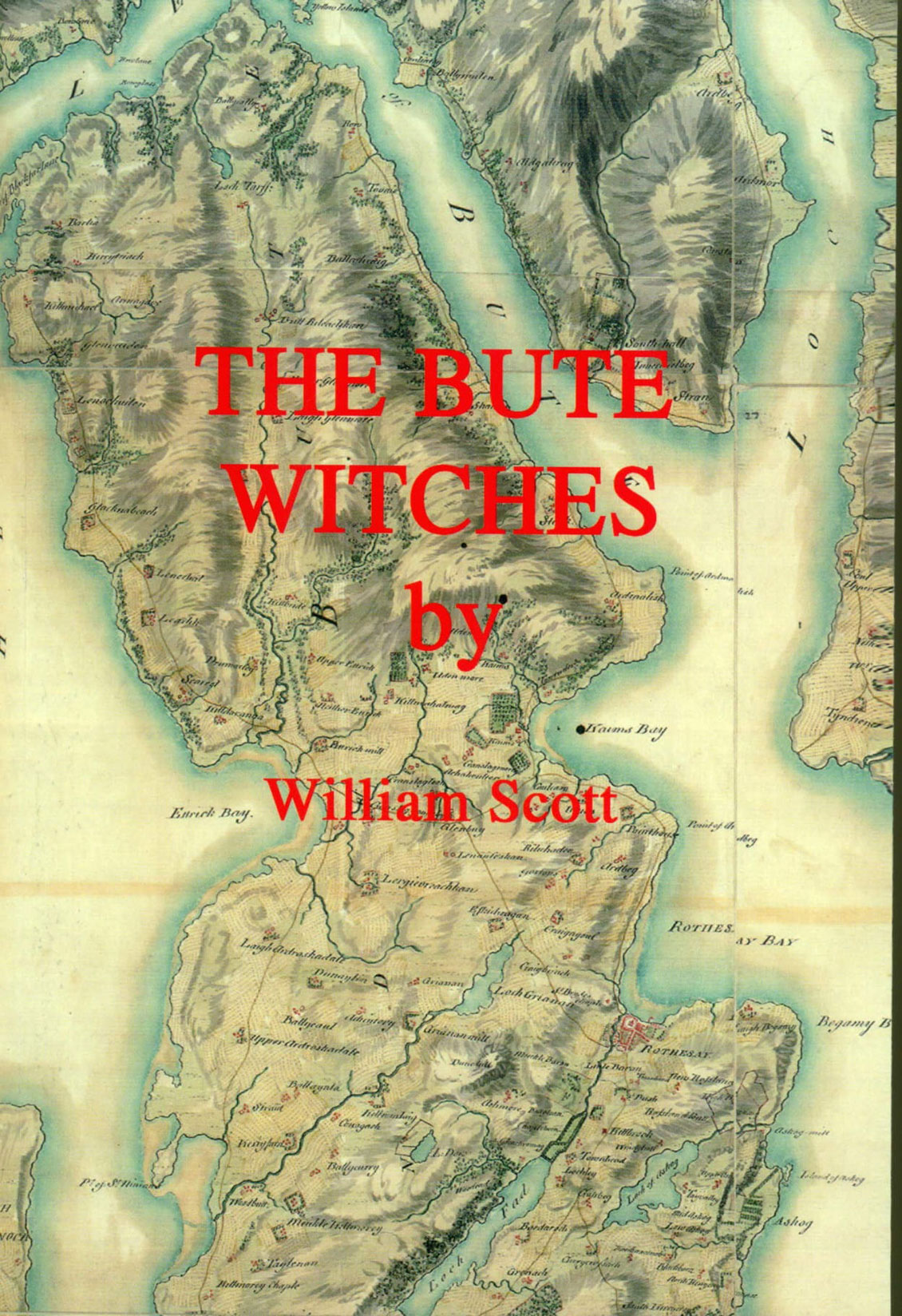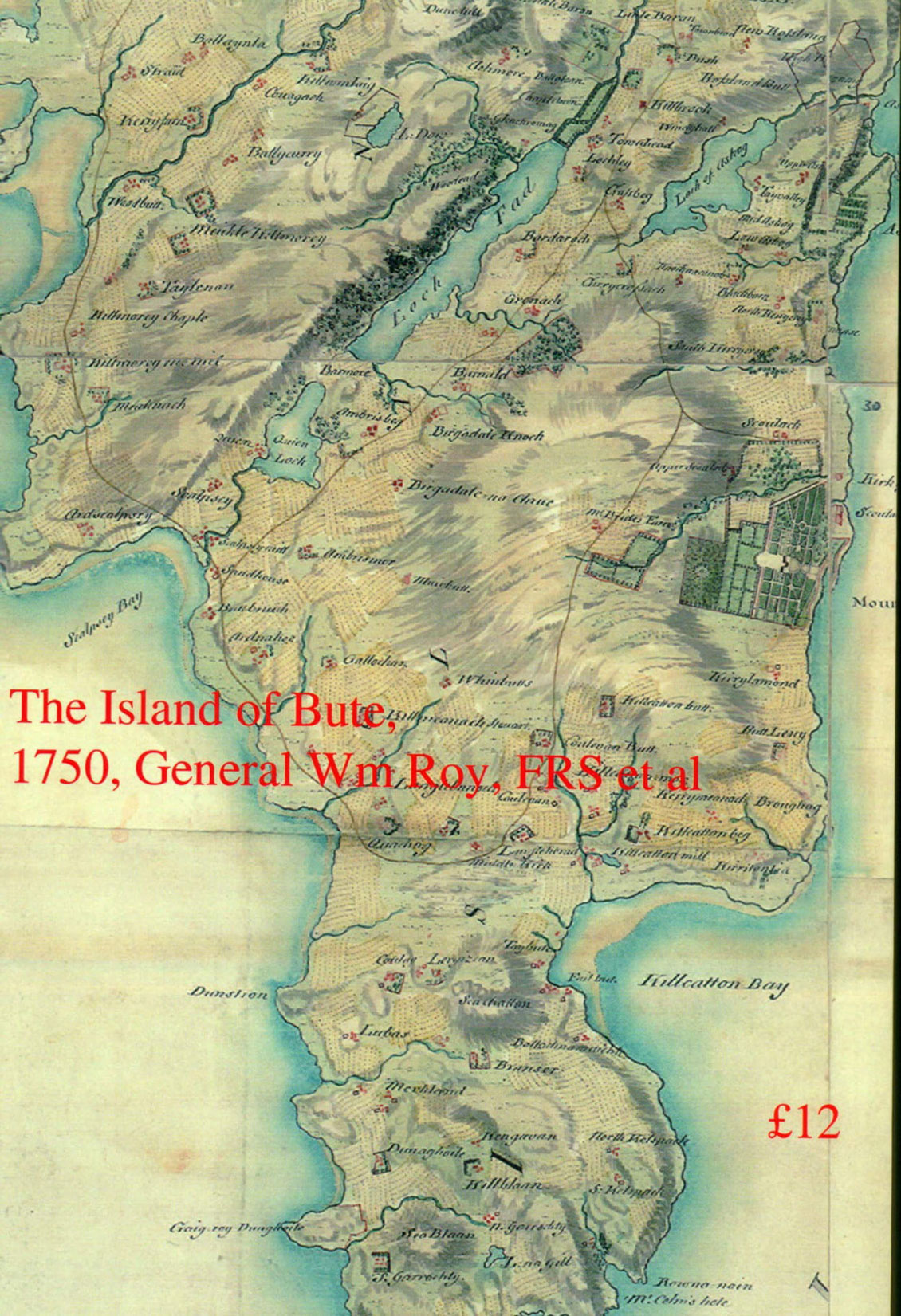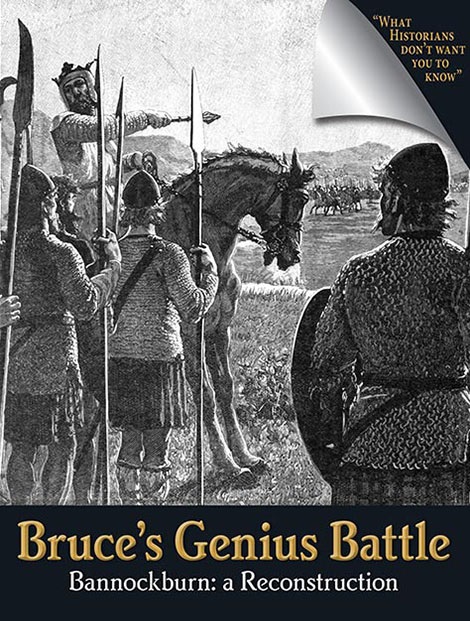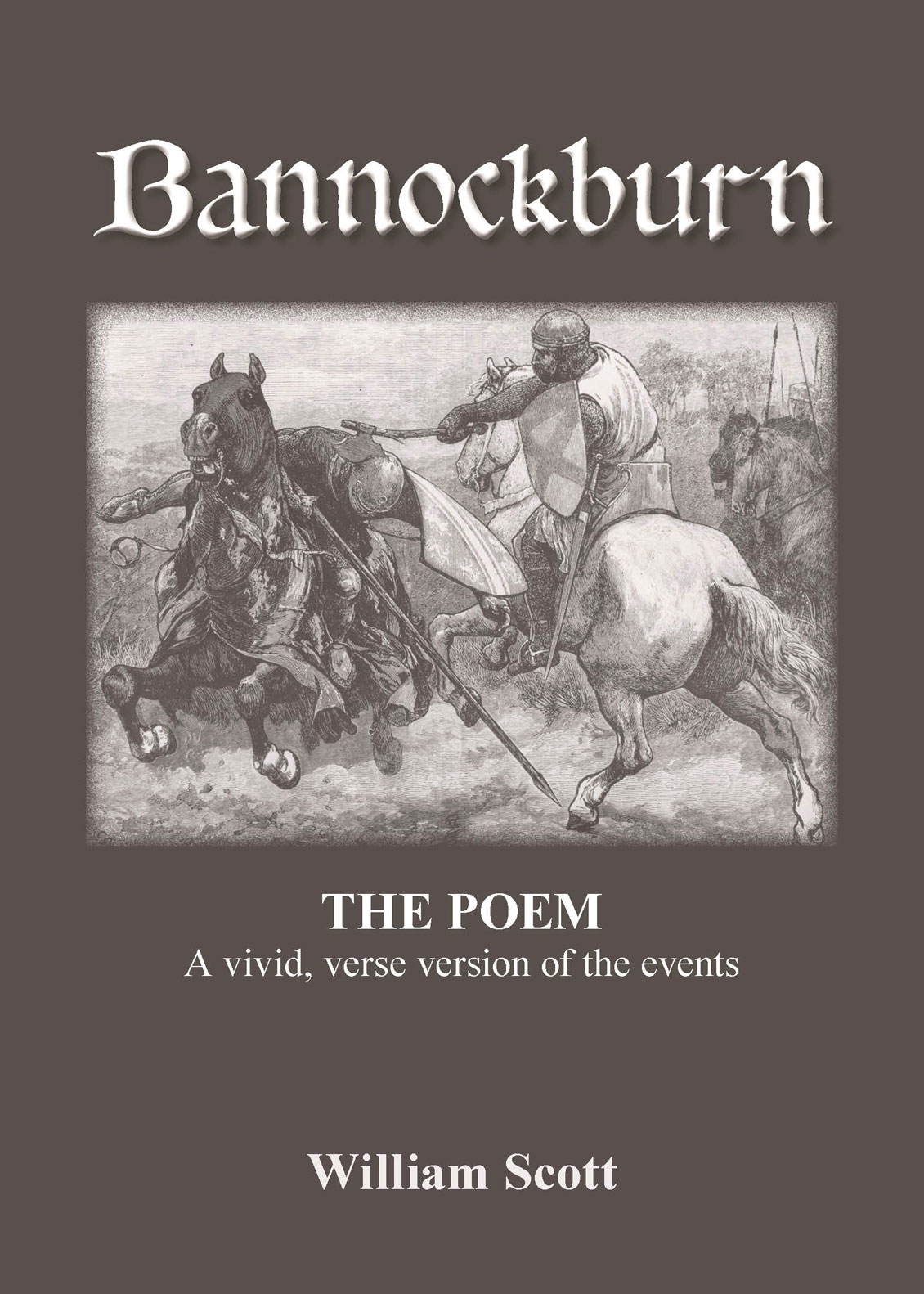William Scott - Reconstructions
~ Bute Witches
"An astonishing true story." ~ Martin Tierney, The Herald, 22.9.07
"A masterly piece of writing and a riveting story, based on meticulous research, by award winning author, William Scott. This tale captures the reader and transports him back three and a half centuries to dark and dangerous days, with a compelling solution to the mystery of the witches of Bute." ~ David Torrie, FSA Scot, an editor, DC Thomson Publications
"I must give you all praise for your imaginative interpretation and fleshing out of the account in the archives. I can't fault your logical explanation of the witches' "evidence" and the return of Jonet McNicoll. Your novel is enthralling and would stand alone as historical fiction." ~ Tom McCallum, MA hons Classics, St Andrews
Why was Robert Stewart of Scarrell the devil?? Because he was a devil! A university graduate, qualified minister, whose father had been minister in Bute. He mated with his housekeeper and when she fell pregnant he, as schoolmaster and session clerk, wrote the minutes. She put the blame onto other men, some of them very important. He bribed one to take the blame but the Session would not believe it. Scarrell was tried and convicted and nearly killed for the crime. He was ostracised by the whole community and forced into the company of the people on the periphery, the witch folk, the poorest of all. Asked why he did it by them at secret meetings in folds of the land out of sight where they collected to dance, eat drink and be merry, he began to examine himself publicly. He saw that the harsh rules of the Kirk Session were not what the promises of Jesus demanded. Where was the love of the Gospels? It was all sin and suffering. Before long, people came from all over the island to hear him and his more compassionate message and the Minister got to hear of it. Fearing he would lose his church to a better man, the Minister started the witch hunt. That was the way to kill off the opposition. Burn a few witches. After a meeting in the ruined St Bride's Chapel on Chapel Hill, one of the witches, Jonet Morison, p271, 272, reported seeing them all coming down the brae, said that the devil was present and they were going off to find prey. Asked who was the devil, she replied: 'Klarenough'. Instead, they were going off to pray. Another Isobel McNicoll, also reported the devil being present at a meeting at Bute Quay p263. Margaret McWilliam said she heard one of the witches say to the devil: 'We want one of our cummers yet.' i.e. The devil was present. Jonet McNicoll, p263, said she was at the meeting at Bute Quay with the devil. Jonet alone escaped after being sentenced to be burnt and returned 12 years later, recognised, and burnt then. Margaret McLevin said she met the devil and a great company at the time Jonet Morison mentioned (page 258). They were all held in the Tolbooth, starved, tortured in freezing, insanitary conditions. Some at least became psychotic, would say anything to please the minister and elders.

© Elenkus ~ Bute Witches (reconstruction & the papers ( proofs of conclusions)
(To see a full page image of this book cover, click on the above image.)

© Elenkus ~ Bute Witches (reconstruction & the papers ( proofs of conclusions)
(To see a full page image of this book cover, click on the above image.)

